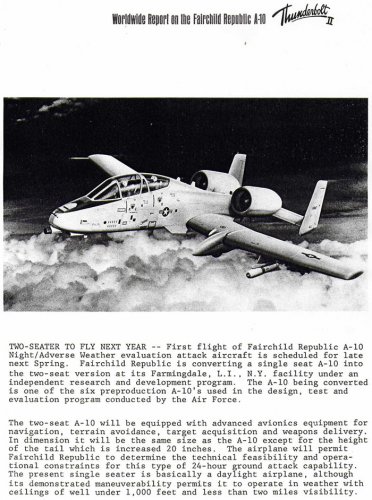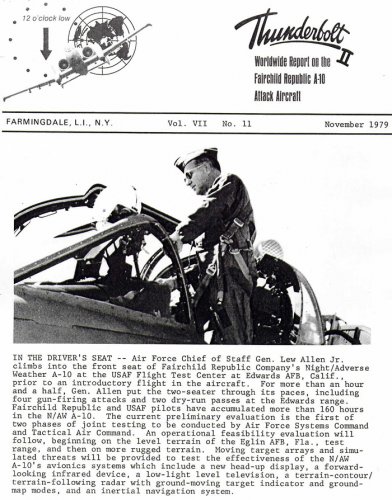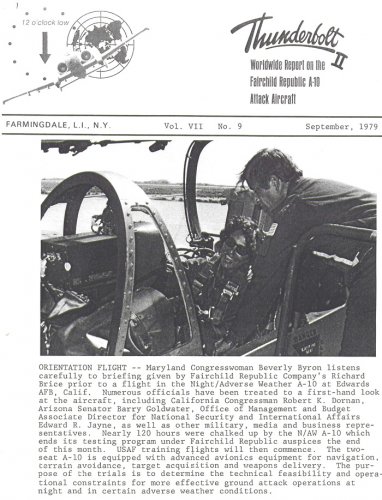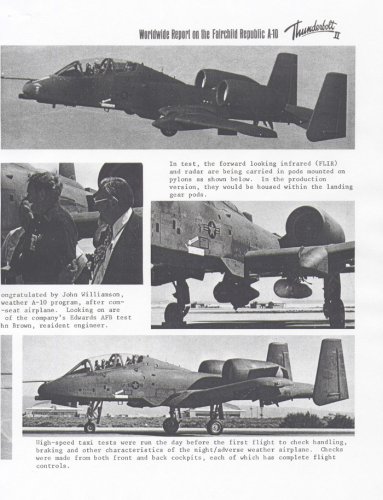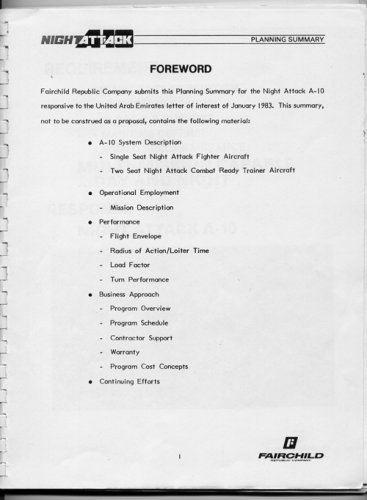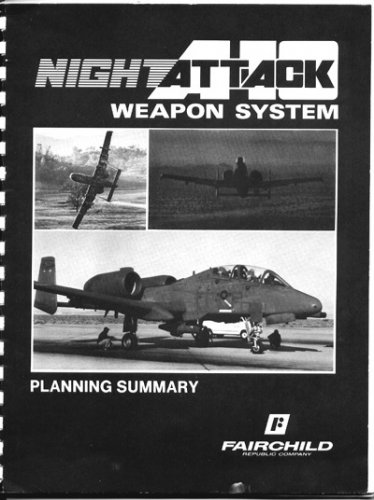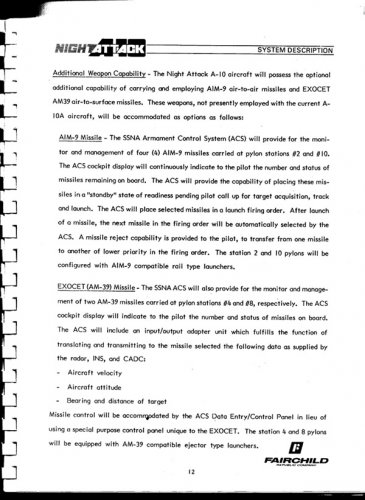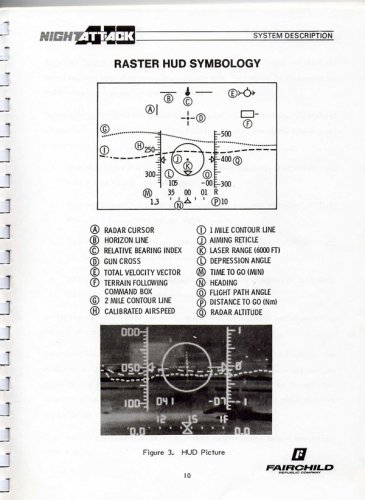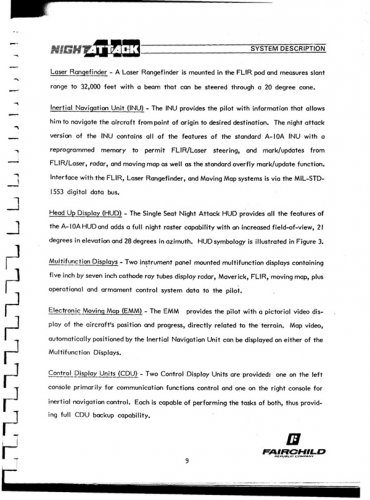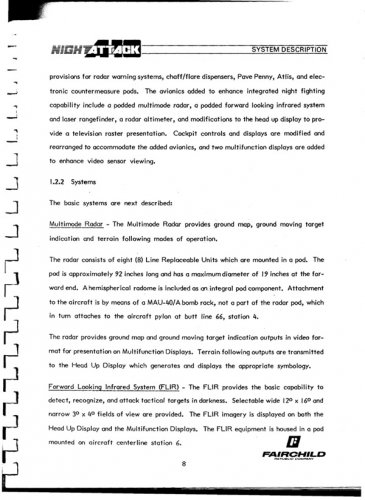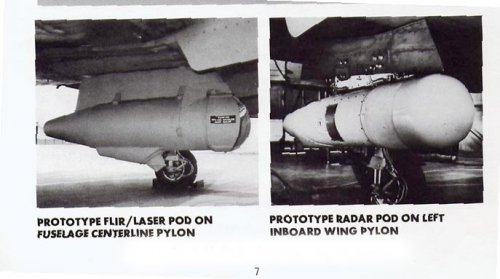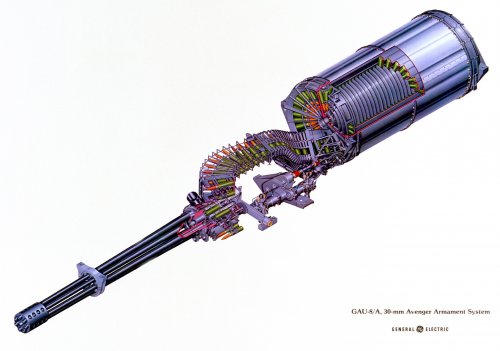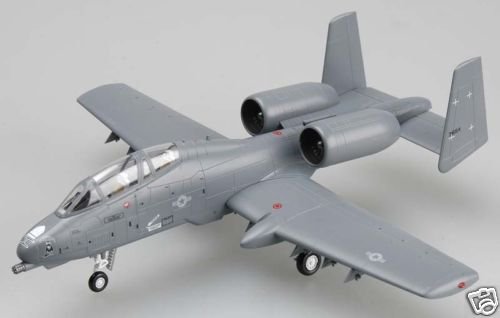Hi
(sorry for my english)
More corectly would be say thay Fairchild desperately seek market for A-10 in the second half of 80's. USNavy wasn't really interested to buy armored attack plane, even in "navalised" version.
Fairchild proposed some A-10-based projects for different user. Navy A-10 will be two-seater, based on YA-10B prototype. Instead of Gatling gun in the nose, a sea-control radar was provided. The plane could be armed with Harpoon or Exocet anti-ship missiles, maybe also some ASW weapons. Unfortunately in Polish A-10 monography, where I found this info, there was no pictures or drawings of proposed A-10 variants.
Other proposed variants were:
- a two-seat advanced training/attack version. USAF rejected this, because A-10 is very easy for control and two-seat version is unnecessary; no other air forces in the world use A-10 (in 1980's Turkey, South Korea and some other states considered possibility to buy A-10 but finally resign) so also no one need a training version
- an export model for European NATO countries (also no customers for it). The plane will be faster, with european RB.199 engines (modified by afterburner removing, in small-diameter gondolas) could fly over 830 km/h (516 mph; 448 kts) in level flight. Tunnel tests with model show that real plane can't reach this speed, so the project was abandoned. Years after, in the 90's, also USAF considered possibility of make A-10 faster by change engines, but this project was dropped.
- most unusual version for me, a fast water-bomber for US Forestry Service. A plane, stripped with all armament, armor and combat system, will be equipped with big water tanks in fuselage and additional tanks under wings for total capacity of 7000 liters of water or fire-extinguishing mixtures.

